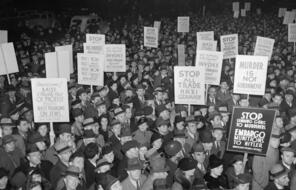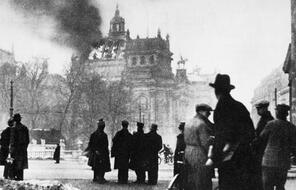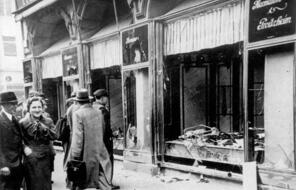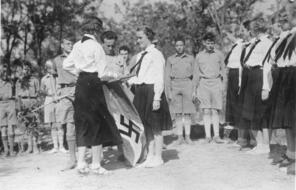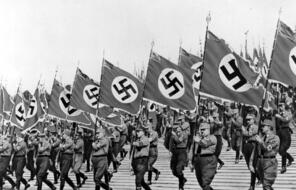Jewish Partisans in Occupied Poland
Subject
- History
Language
English — USUpdated
Scholars at the Jewish Partisan Educational Foundation explain that despite overwhelming odds, thousands of Jews joined partisan units:
While some Jews fled to the forests at the time of the German occupation of Poland in 1939, greater numbers of Jewish partisans fled the ghettos in 1943–1944, when the liquidation—the total destruction of the ghettos—began. The Nazis were only one enemy hunting the Polish Jewish partisans—local Polish extremists and the fascist element of the AK [Home Army] hunted them as well.
Because of the widespread Nazi hunts for escaped Jews, and centuries-old antisemitism among some locals, many Polish Jewish partisans sought affiliation with Polish partisan groups. This was a difficult and dangerous task—a Jewish partisan could be robbed of his weapon or killed for approaching a partisan unit. However, numerous Polish partisan units welcomed Jews, such as the People's Guard. In the Generalgouvernement area of Poland (divided into four districts, Warsaw, Cracow, Radom, and Lublin), hundreds of Jewish partisans belonged to Polish units of the People's Guard, to the Home Army (AK), and to other groups. Considerable numbers of these Jewish partisans operated in commando units, and dozens of Jews took leadership roles as commanders.
Jews also fought as partisans in all-Jewish units. . . . Against incredible odds, thousands of Polish Jewish partisans fought back, and most lost their lives. Many did not expect to survive, as reflected in the motto of one Jewish partisan group: "For those who seek life, we are not the address."
Sheltered in the forests, Polish Jewish partisans created camps as their bases. These camps were of two types: "family" camps, which provided protection for those Jews who could not fight, such as some women, children, and the elderly, and partisan camps, which traveled lightly and moved frequently. In the Nalibocka forest in eastern Poland, as many as 3,000 Jews, in all-Jewish units, were among 20,000 partisans resisting the Germans.
How to Cite This Reading
Facing History & Ourselves, “Jewish Partisans in Occupied Poland”, last updated May 3, 2016.

